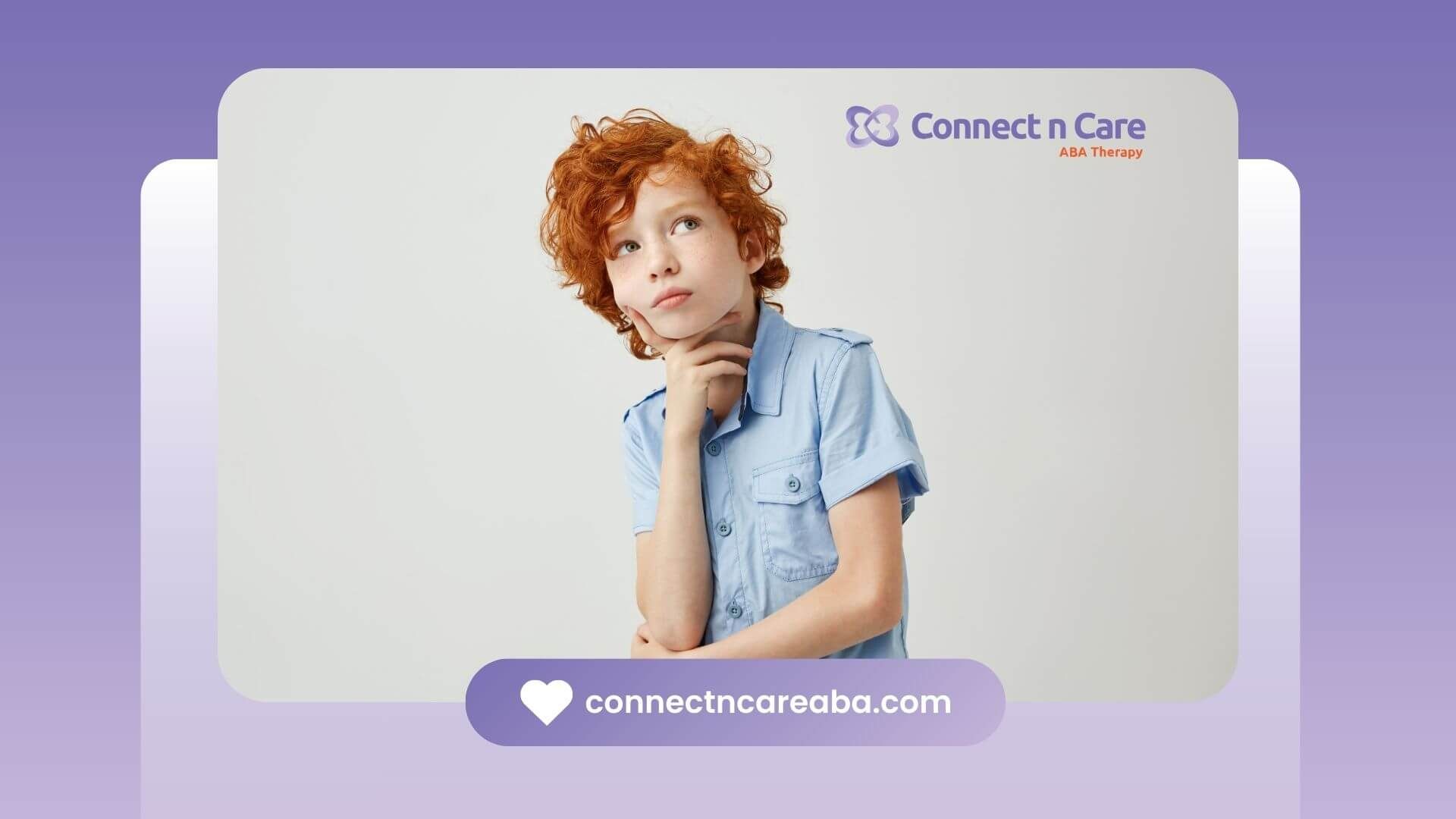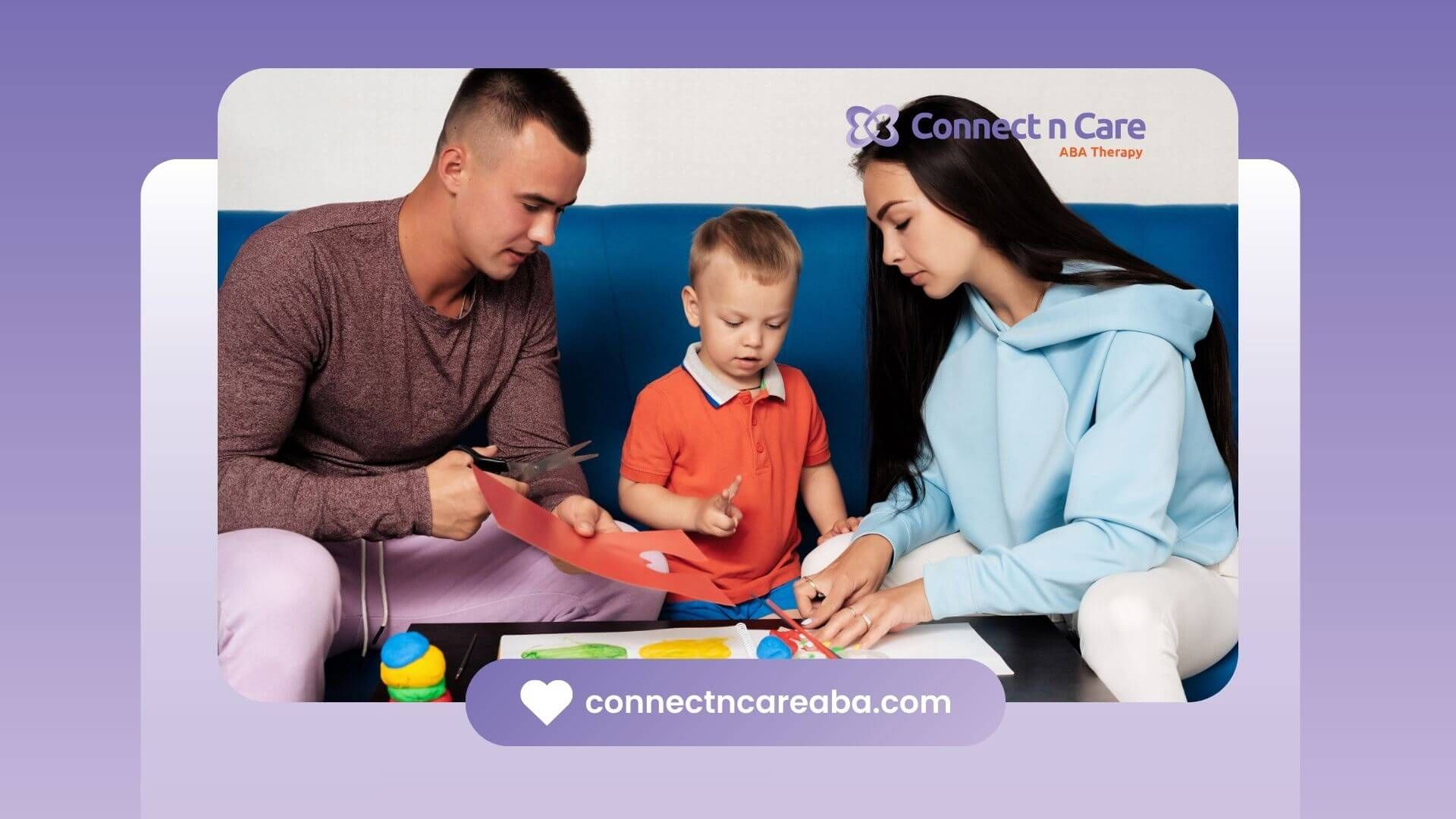Autism and speech delay are often confused, but they are
distinct conditions.
Autism Spectrum Disorder (ASD) is a developmental disorder that affects communication, behavior, and social skills. Children with autism may show repetitive behaviors, difficulty in social interactions, and struggle with nonverbal communication. Their language skills can be delayed, but the challenges go beyond just speech.
On the other hand, speech delay refers specifically to a delay in developing spoken language. Children with speech delay might have difficulty expressing themselves or understanding language, but this issue doesn’t always come with other signs of autism, such as social communication difficulties or repetitive behaviors.
Understanding the difference is crucial for early intervention. While both conditions can involve speech issues, autism affects a broader range of development areas, whereas speech delay primarily focuses on language.
If you suspect your child is showing signs of autism or speech delay, seeking professional help early can make a big difference. At Connect n Care ABA, we offer tailored therapy services in North Carolina to support children with autism and speech delays.
Contact us today to learn how our expert therapists can help your child thrive.
SOURCES:
https://connectedspeechpathology.com/blog/speech-delay-vs-autism-spectrum-disorder-whats-the-difference
https://pmc.ncbi.nlm.nih.gov/articles/PMC3862077/
https://www.autismparentingmagazine.com/speech-delay-vs-autism/
https://www.nidcd.nih.gov/health/autism-spectrum-disorder-communication-problems-children
https://www.betterspeech.com/post/the-difference-between-speech-delay-and-autism









